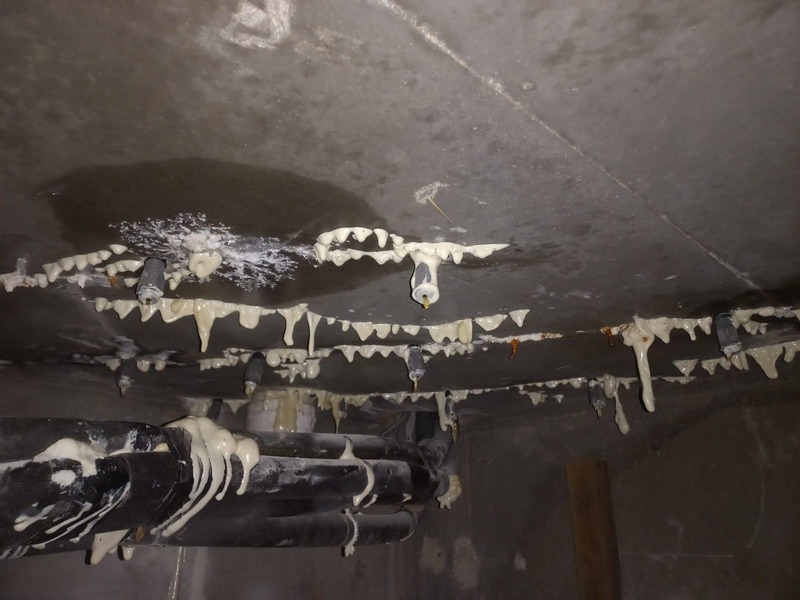What Is Waterproofing?
Waterproofing is the process of making an object or structure waterproof or water-resistant, which means that it can resist the penetration of water under certain conditions. Waterproofing is important for protecting buildings and other structures from water damage, flooding, and moisture. Don’t let water ruin your property and peace of mind. Contact Vtech today and get a free inspection and quote for the best waterproofing solution for your needs.


Why Choose Us As Your Waterproofing Specialist?
At Vtech, we understand how critical effective waterproofing services are for Singapore homes and buildings. As an experienced waterproofing contractor, we offer customized waterproofing solutions to make your property watertight. Our team inspects areas prone to water seepage like basements, roofs, balconies, and bathrooms. After a thorough assessment, we recommend the ideal waterproofing system whether high-quality waterproofing membranes, liquid-applied sealants, specialty grouting materials, or other robust waterproofing products. With BizSafe certification and proven waterproofing methods, our technicians expertly install these waterproofing membranes and coatings on your walls, ceilings, floors, planters, and swimming pools. Trust Singapore’s top waterproofing experts to survey your property, diagnose water leakage and seepage issues, and implement effective waterproofing solutions. Contact us today to stop roof leaks, wall seepage, and water damage for good.
Full
Warranty
We are one of the few contractors in Singapore that provides a full warranty on our waterproofing solutions. We follow up post-repair as an affirmation of our workmanship during the warranty period that covers up to 5 years, depending on the type of work.
Fast & Reliable
Service
Instead of waiting 6-8 months for HDB/town council to respond, why not fix your water leakage issues in just 1 to 3 days? Our waterproofing solution also includes painting works at the end, leaving the rectified area as good as before.
Free Inspection &
On-Site Quotation
Not sure which waterproofing method is required and the most cost-effective? Request for a free site inspection and our specialists will head down within 24 hours to advise you on the best waterproofing method, cost, and duration needed to complete the job.










